HR - HR Assistance, No Signup
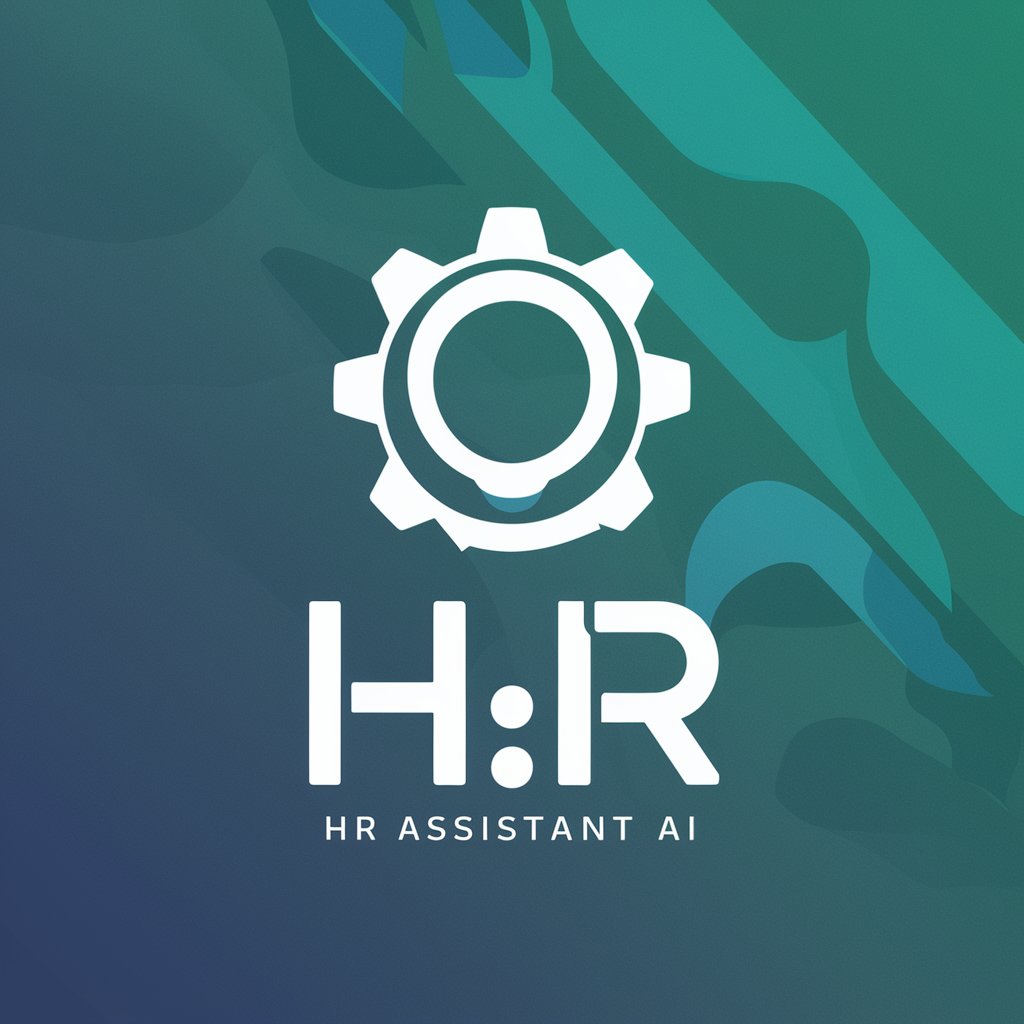
Welcome to HR support! How can I assist you today?
Empowering HR with AI
How can I access my payment details?
What is the process for updating my personal information?
Can you guide me through filling out the bank details form?
Where can I find the integration week schedule?
Get Embed Code
Understanding HR
Human Resources (HR) serves as the backbone of every organization, focusing on the management, guidance, and improvement of the workforce. It is designed to optimize employee performance in service of an employer's strategic objectives. HR is responsible for a wide range of functions including recruitment, training and development, performance appraisal, employee relations, and compliance with employment laws. A key example of HR in action is the onboarding process for new hires. This involves not just paperwork and policy education, but also integrating new employees into the company culture and ensuring they have the necessary tools and knowledge to start their new role effectively. Powered by ChatGPT-4o。

Key Functions of HR
Recruitment and Selection
Example
Creating job postings, screening candidates, conducting interviews, and making hiring decisions.
Scenario
HR identifies a vacancy, advertises it, screens applications, conducts interviews, and selects the most suitable candidate for the job.
Training and Development
Example
Developing onboarding programs for new employees and ongoing education opportunities for current staff.
Scenario
HR organizes an orientation session for new hires to familiarize them with the company policies, culture, and their specific job duties. Additionally, HR plans periodic training sessions to enhance employees' skills and knowledge.
Performance Management
Example
Implementing performance review systems to evaluate and improve employee performance.
Scenario
HR sets up annual performance appraisal meetings to assess employee achievements, discuss strengths and areas for improvement, and set goals for the next period.
Employee Relations
Example
Addressing employee grievances, fostering a positive work environment, and mediating disputes.
Scenario
HR steps in to mediate a conflict between two employees, aiming to resolve the issue amicably and maintain a healthy work environment.
Compliance with Employment Laws
Example
Ensuring that the organization adheres to labor laws and employment standards.
Scenario
HR keeps updated with changes in employment legislation, advises management on legal compliance, and ensures all company policies and procedures are in line with legal requirements.
Who Benefits from HR Services
Employers
Employers rely on HR to attract, hire, and retain talent, ensure legal compliance, and maintain a productive workforce. HR helps them navigate the complexities of employment law, manage employee performance, and develop strategies for employee engagement and development.
Employees
Employees benefit from HR services in areas such as conflict resolution, career development, and understanding of their rights and obligations. HR acts as a mediator between the workforce and management, ensuring fair treatment and advocating for employees' well-being.
Job Seekers
Job seekers interact with HR during the recruitment process. HR provides information about job openings, guides them through the application process, and helps integrate successful candidates into the organization.

How to Use HR
1
Begin by accessing yeschat.ai for a complimentary trial, allowing you to explore features without the need for registration or ChatGPT Plus subscription.
2
Select the 'HR' tool from the available options to start managing employee information, including salaries, schedules, and onboarding documents.
3
Upload relevant documents such as starter checklists, personal details forms, and bank details forms to securely store and manage employee records.
4
Utilize the inquiry feature to ask specific HR-related questions or seek assistance with payroll, benefits, and compliance issues.
5
Explore the tool’s analytics and reporting capabilities to gain insights into employee data and make informed HR decisions.
Try other advanced and practical GPTs
Rap Maestro
Craft Your Beats with AI

Netcarat Navigator
Empowering Jewelry Marketing with AI
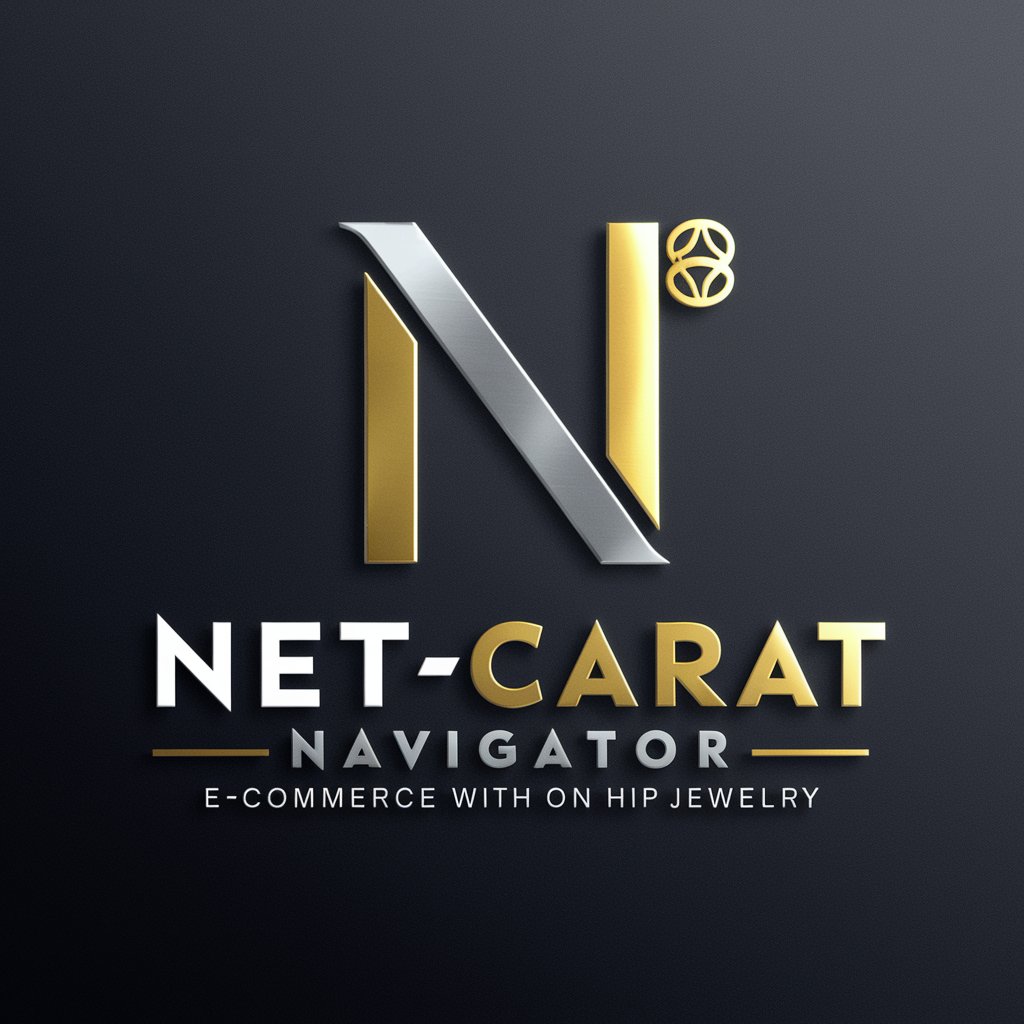
전기기사 자격증 인공지능
Empowering Electrical Engineers with AI
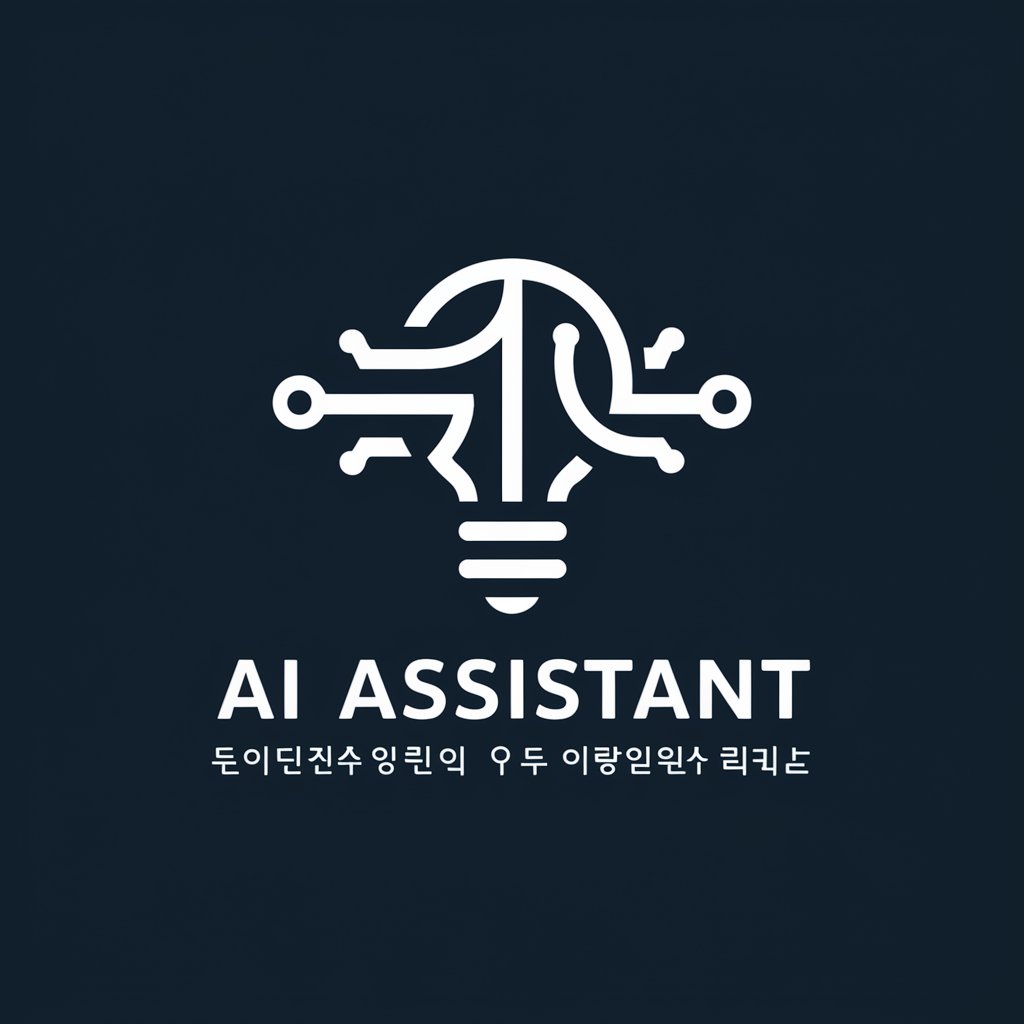
네일 마스터 가이드
Crafting Beauty with AI-driven Artistry

ESG 공급망 실사 관리
Empowering Sustainable Supply Chains

Design Insight Analyzer
Revolutionizing POD with AI-Driven Design Insights
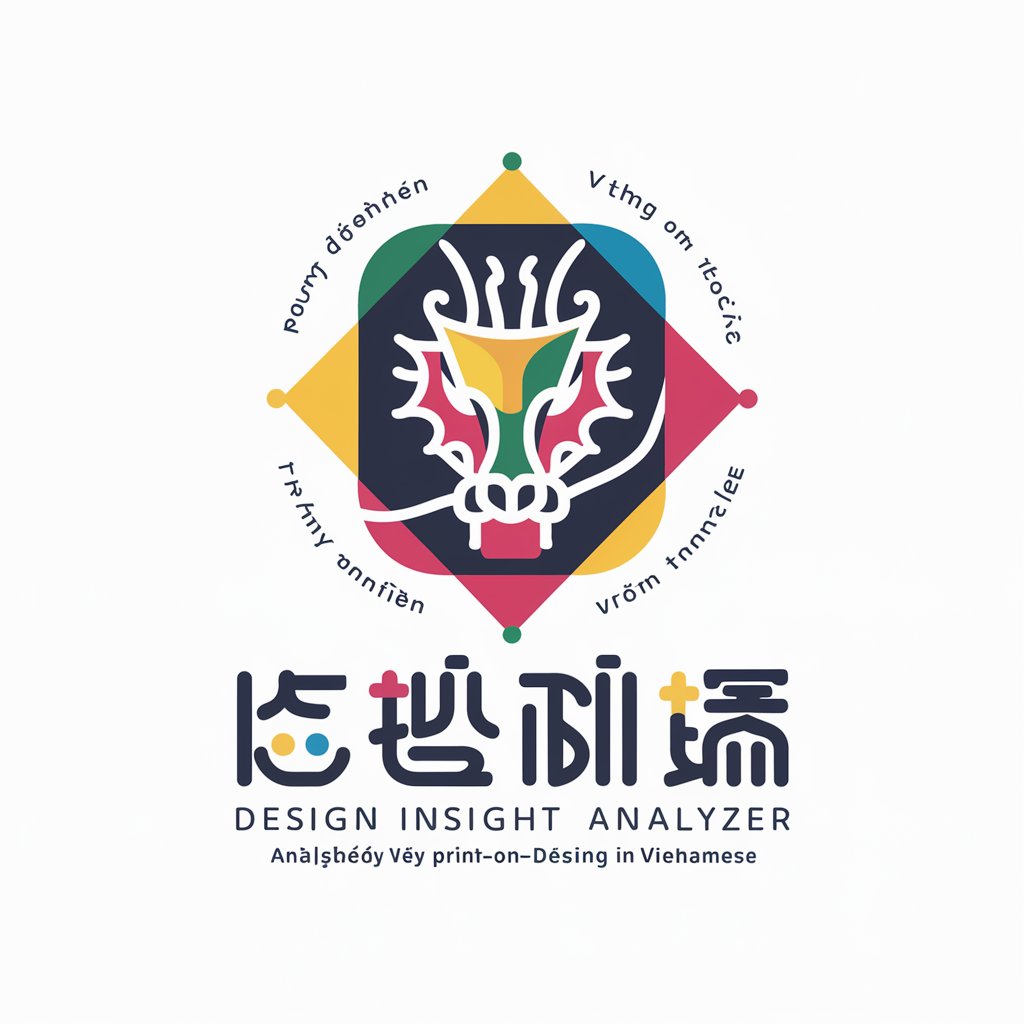
HR Job Profile Assistant
Streamline HR with AI-powered Precision
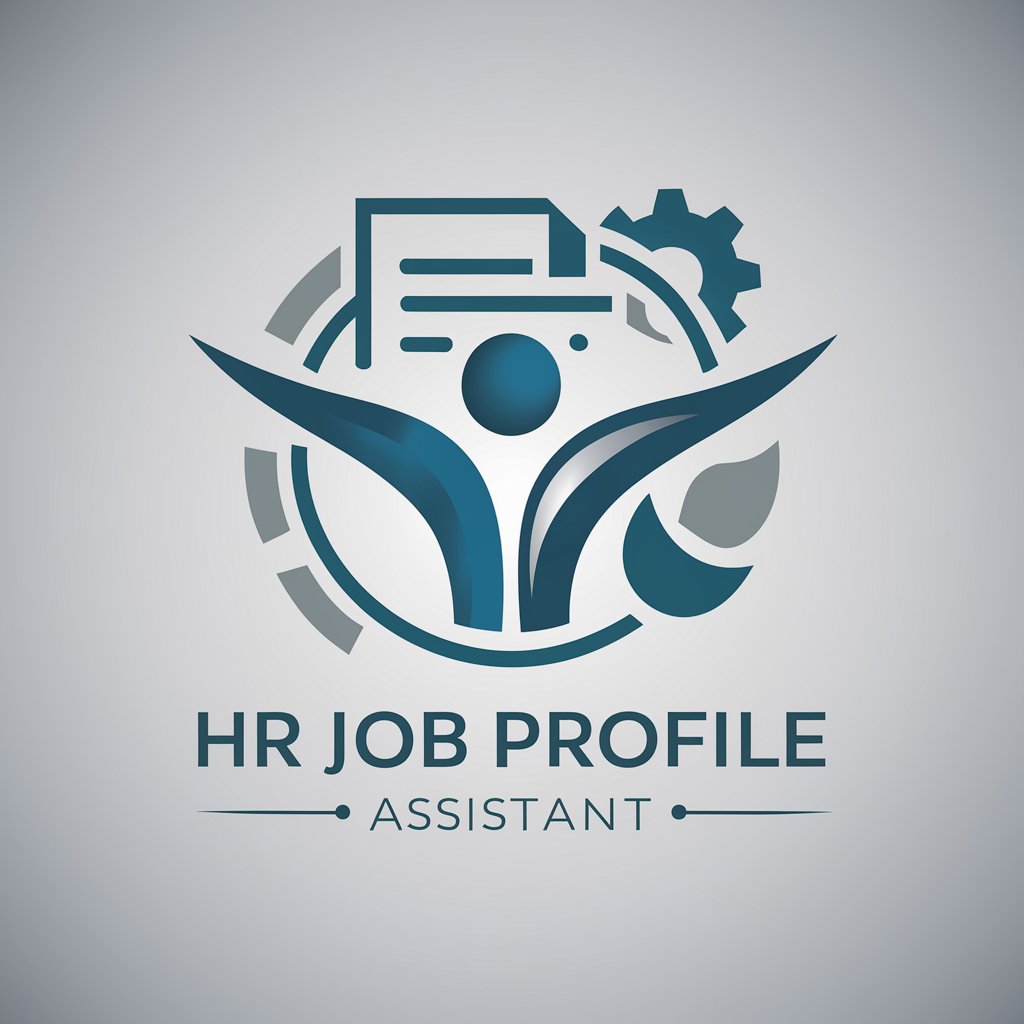
Ask Me Anything Related to Stateside's HR Policies
AI-powered HR Policy Assistant
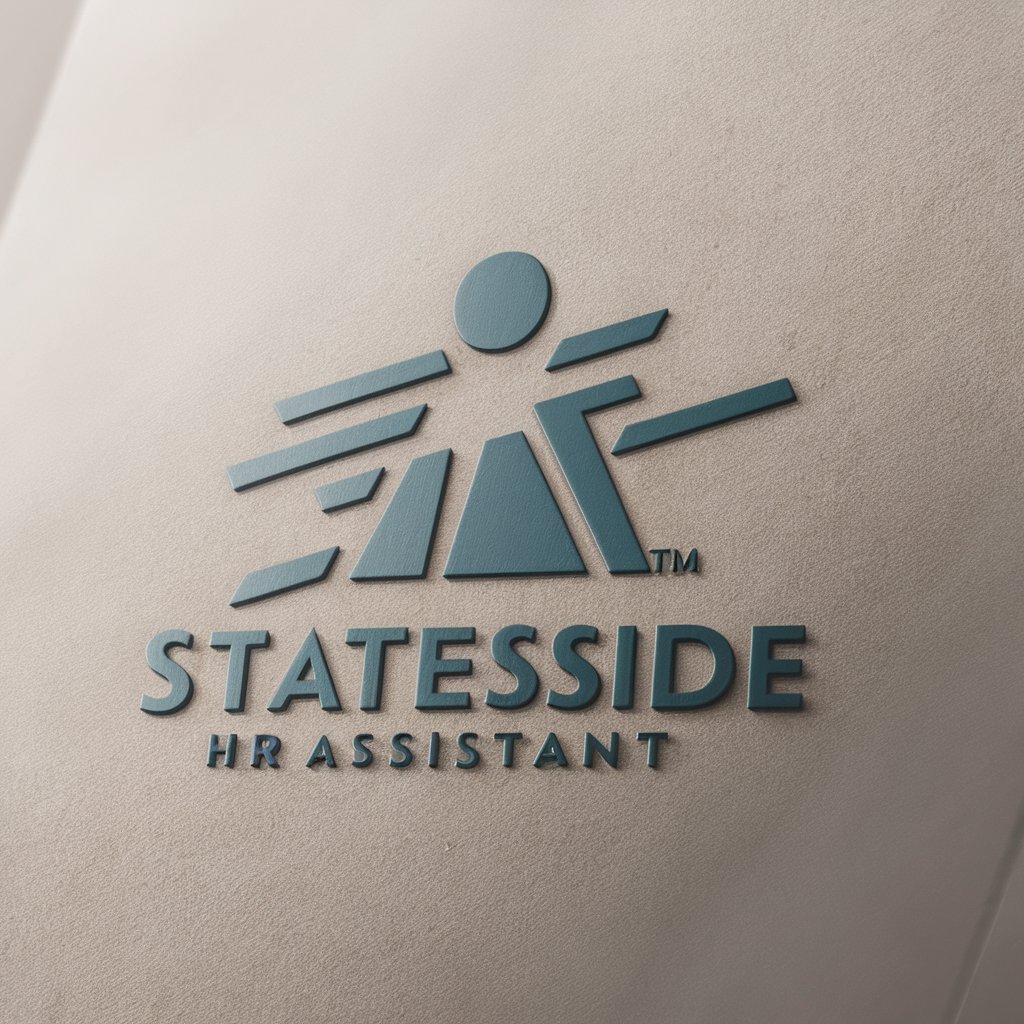
B2B HR Marketing Master
Empower HR Marketing with AI
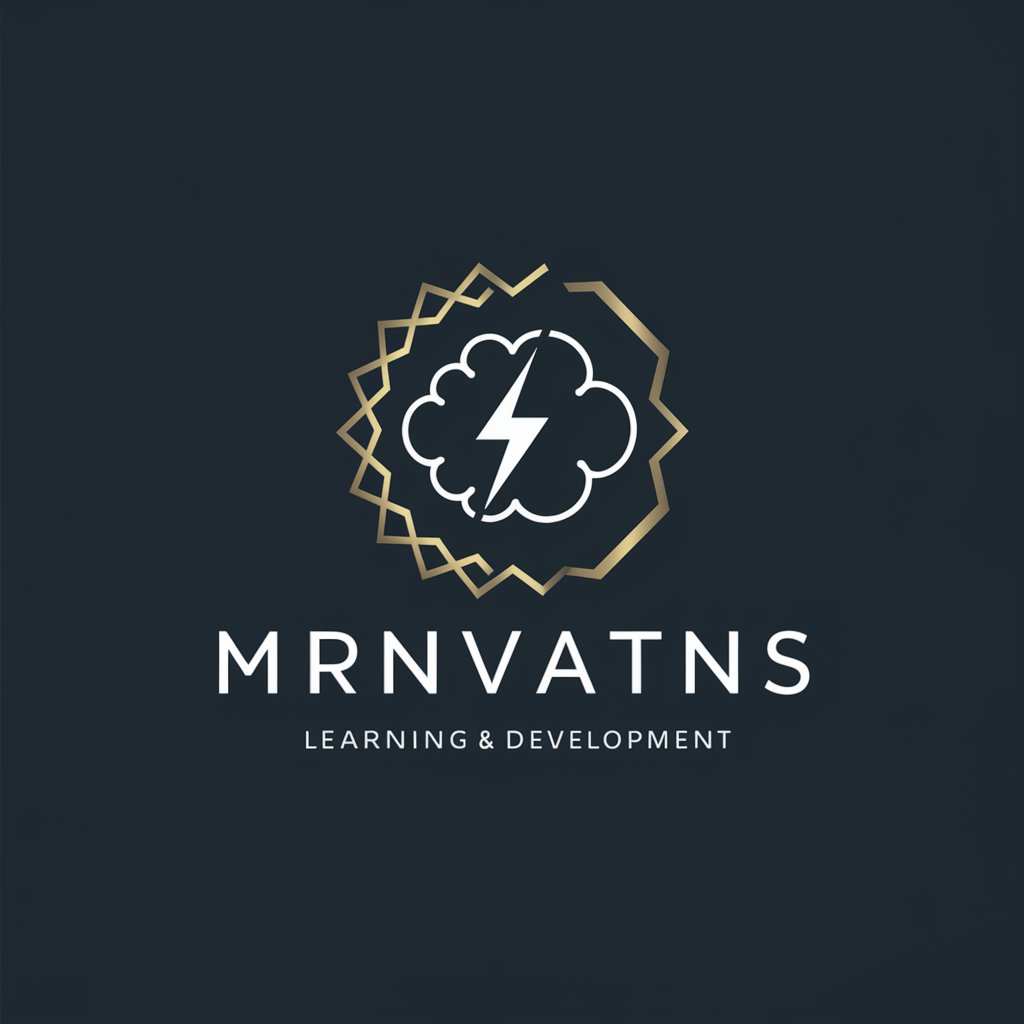
Medium Content Creation Biz5 (H/B)
Craft Engaging Content with AI
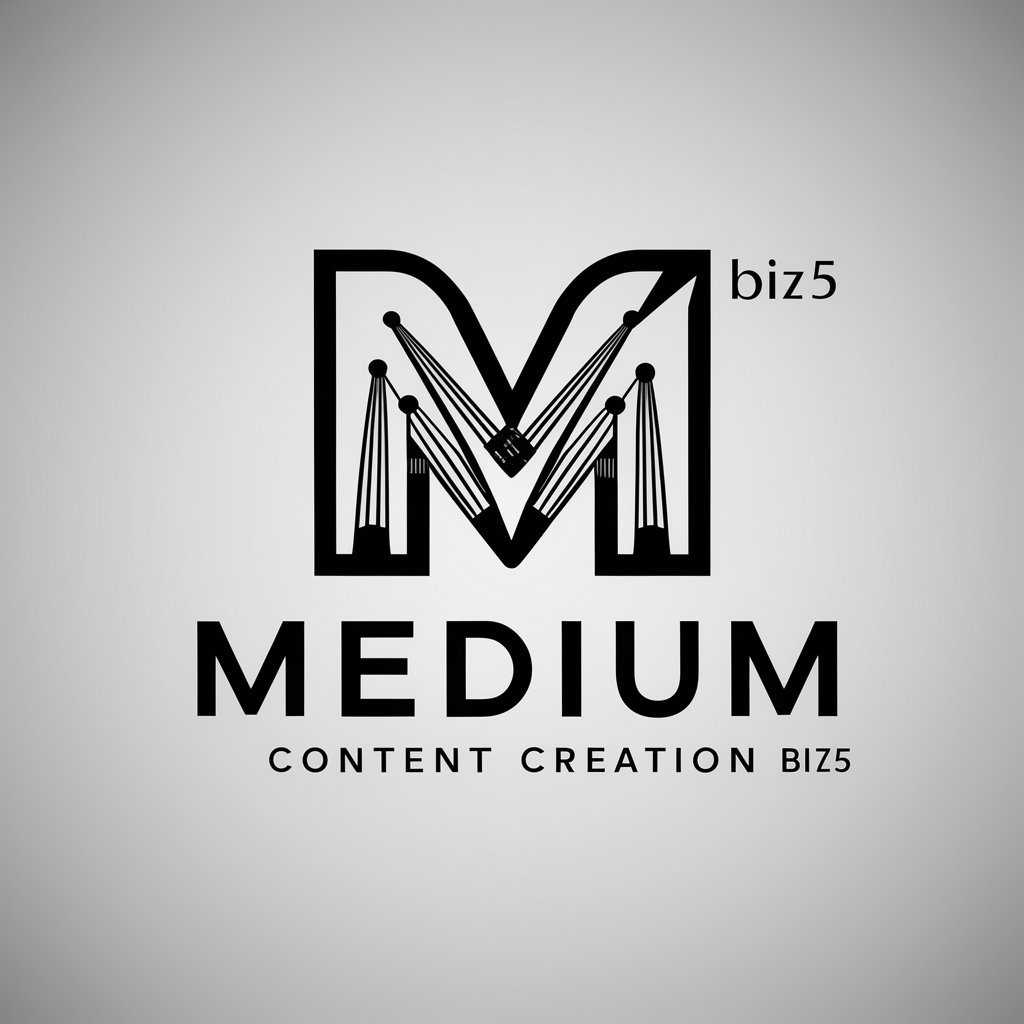
H-Tags
Craft Winning Headlines with AI
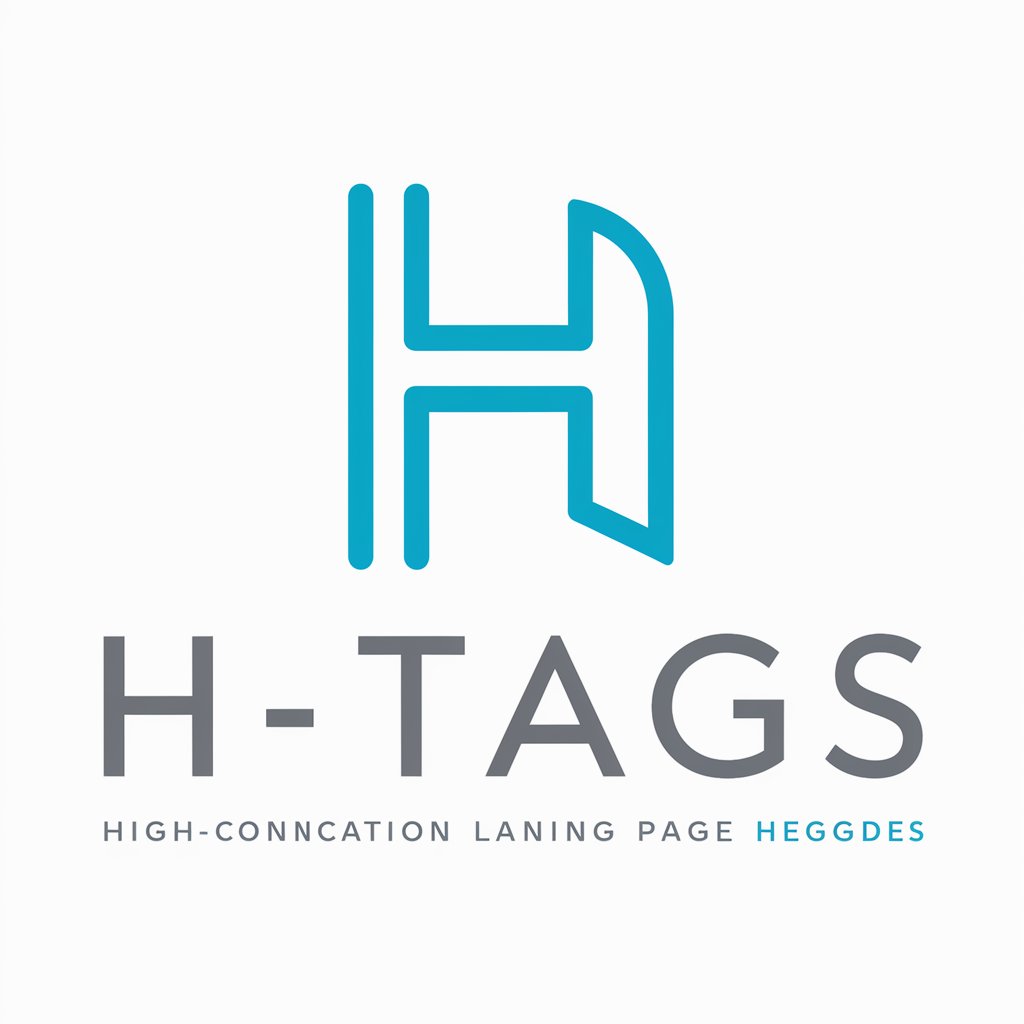
Personnel
Empowering HR with AI-driven Guidance
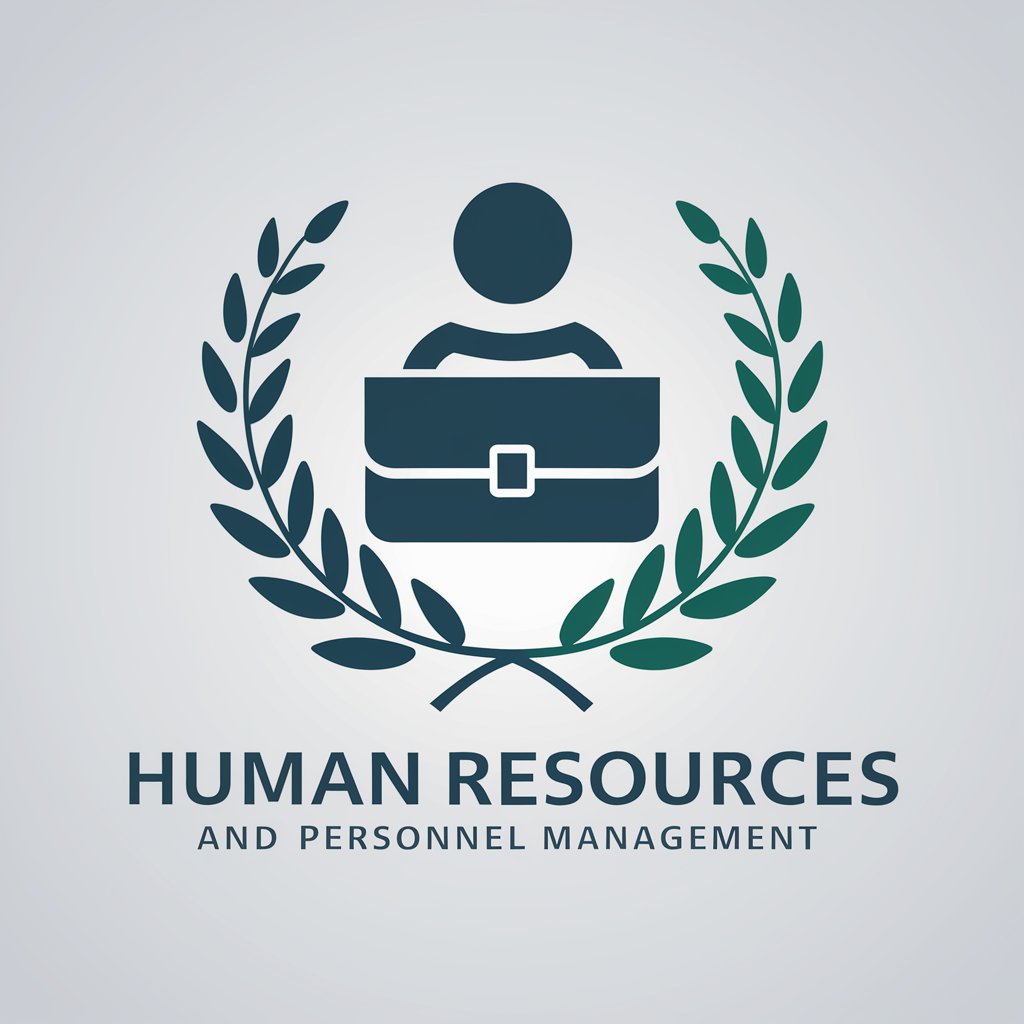
HR Tool Q&A
How does HR handle employee onboarding?
HR streamlines the onboarding process by collecting and managing starter checklists, personal details forms, and bank details forms, ensuring a smooth transition for new hires.
Can HR assist with payroll management?
Yes, HR facilitates payroll management by storing employee bank details securely, managing invoices, and providing information on payment schedules and performance bonuses.
Is it possible to track employee absences with HR?
HR enables tracking of employee absences by allowing managers to document and review absence reports, aiding in effective workforce management and scheduling.
How does HR support compliance with tax regulations?
By using the starter checklist information, HR helps ensure accurate tax code application for employees, aiding compliance with HMRC requirements.
Can HR help with employee training and development?
HR supports training initiatives through the management of e-training platforms, scheduling, and monitoring of progress, fostering employee growth and skill development.
